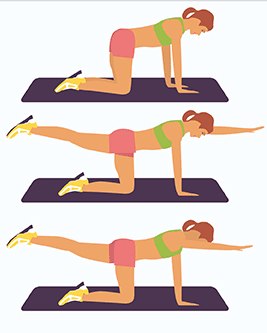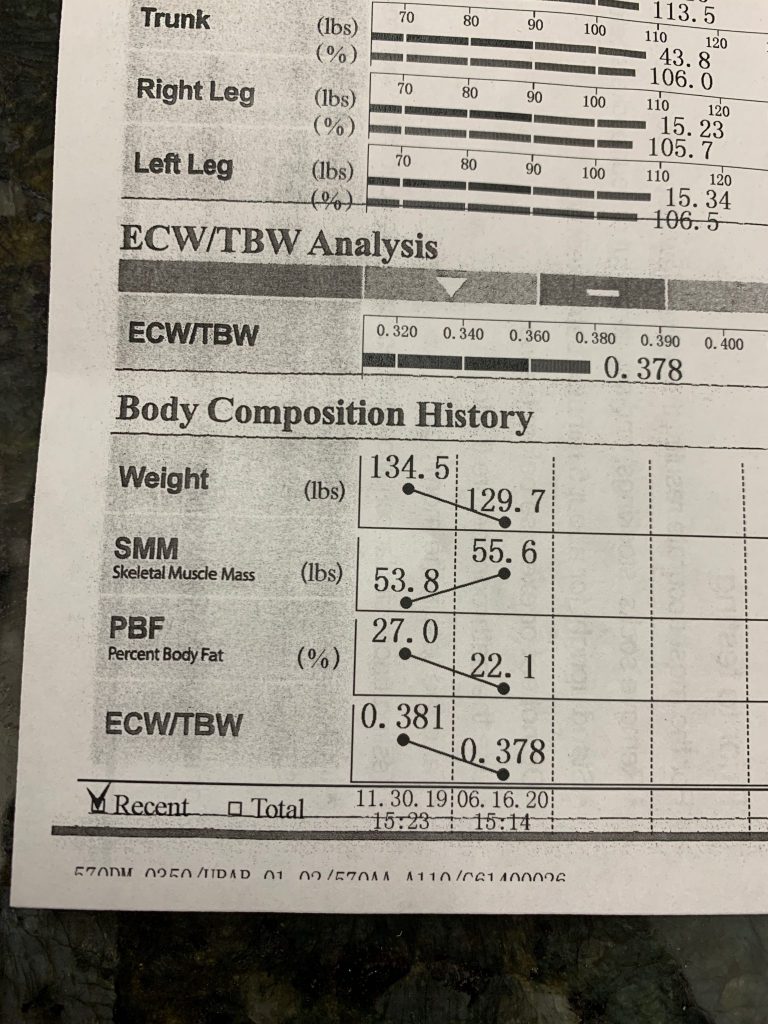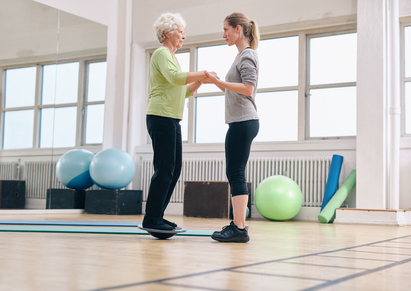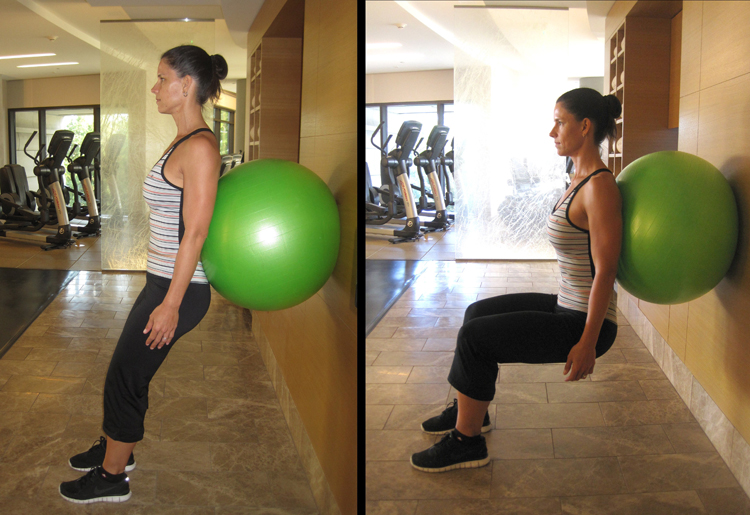Should You Work Out Every Day?
Should you work out every day? Many people wonder about the answer to this question. And it’s a very good question if you are interested in fitness and taking good care of yourself. It’s really something that everyone should have an interest in, as nothing is more important than your personal health. The first thing to be clarified, is what is meant by working out? And working out can mean different things to different people. So for the sake of this article, working out is synonymous with exercising. So the short is yes, you should work out every day.








 This resistance is harder than any weight you will ever lift.
This resistance is harder than any weight you will ever lift.


